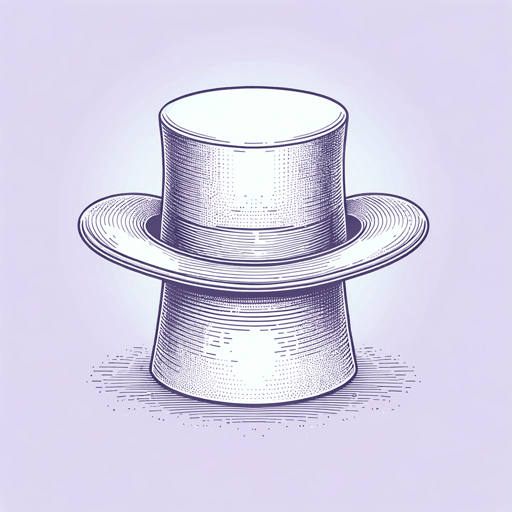16 pages • 32 minutes read
T. S. EliotMr. Mistoffelees
Fiction | Poem | Middle Grade | Published in 1938A modern alternative to SparkNotes and CliffsNotes, SuperSummary offers high-quality Study Guides with detailed chapter summaries and analysis of major themes, characters, and more.
Further Reading & Resources
Related Poems
"The Owl and the Pussy-Cat" by Edward Lear (1871)
English poet Edward Lear is widely regarded as a master of the nonsense verse and limerick art forms. Lear’s poems dismiss the idea that children’s literature must be moral, instructional, or educational. Instead, his works emphasize the idea that the use of poetry lies in its capacity for entertainment, creativity, trickery, and wonder. “The Owl and the Pussy-Cat” greatly influenced Eliot in the composition of his cat-lyrics. The poem is filled with delightful whimsical turns, innovative internal rhymes, and made-up words such as “runcible.”
Since the poem’s original publication, numerous artists have set to music, rewritten, pulled from, written responses or sequels to, and even set to parody parts of “The Owl and the Pussy-Cat,” attesting to its acclaim over centuries of time.
"The Jabberwocky" by Lewis Carroll (1871)
While “The Owl and the Pussy-Cat” uses coherent language and narrative structure, Lewis Carrol’s famous nonsensical poem mostly jettisons word-meanings to create an energetic, fun lexicon. “The Jabberwocky" is structured as a traditional ballad telling of the triumph of good over evil, the latter represented by the monstrous Jabberwock. However, the language is highly inventive, with the opening stanza itself throwing a curveball for the reader:
Related Titles
By T. S. Eliot

Ash Wednesday
T. S. Eliot

Four Quartets
T. S. Eliot

Journey of the Magi
T. S. Eliot
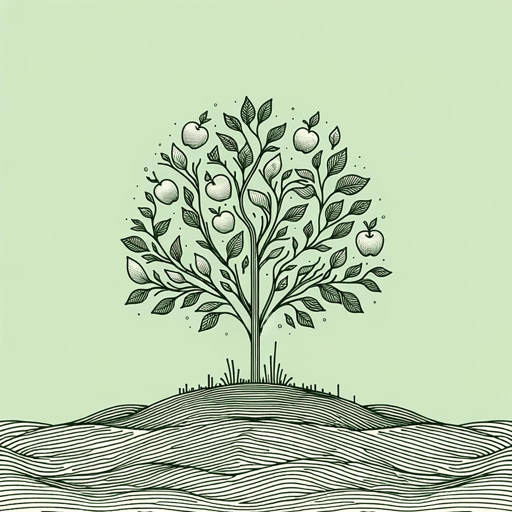
Little Gidding
T. S. Eliot

Murder in the Cathedral
T. S. Eliot
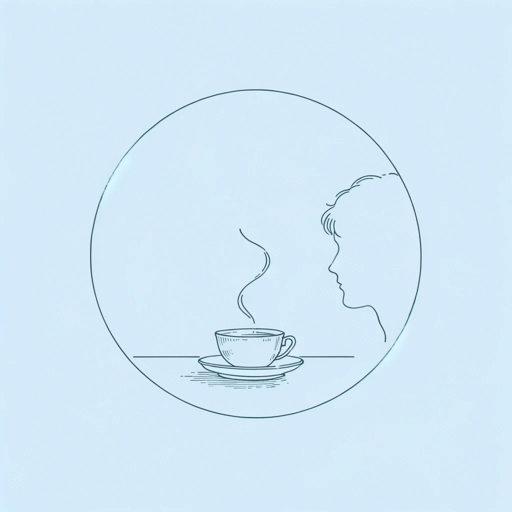
Portrait of a Lady
T. S. Eliot

Rhapsody On A Windy Night
T. S. Eliot

The Cocktail Party
T. S. Eliot

The Hollow Men
T. S. Eliot
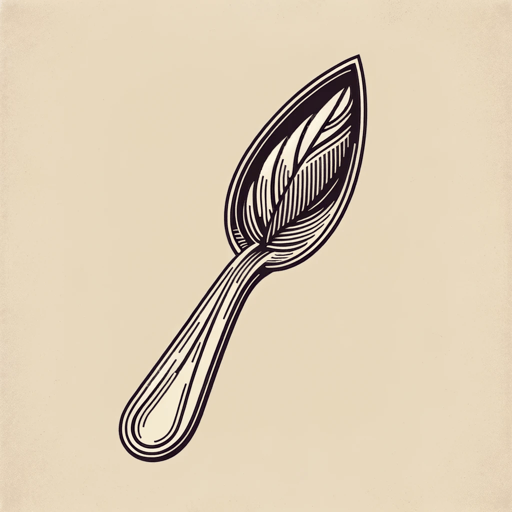
The Love Song of J. Alfred Prufrock
T. S. Eliot
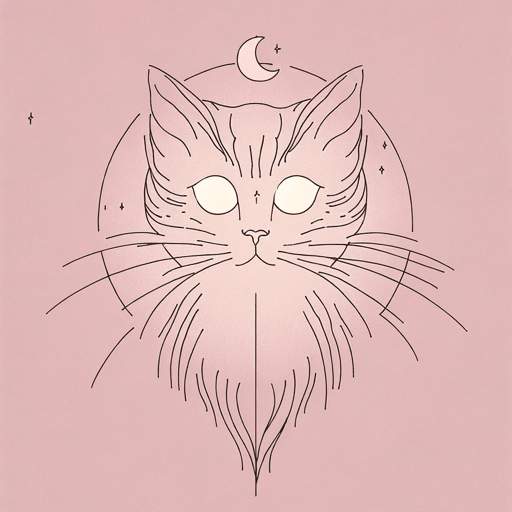
The Song of the Jellicles
T. S. Eliot

The Waste Land
T. S. Eliot
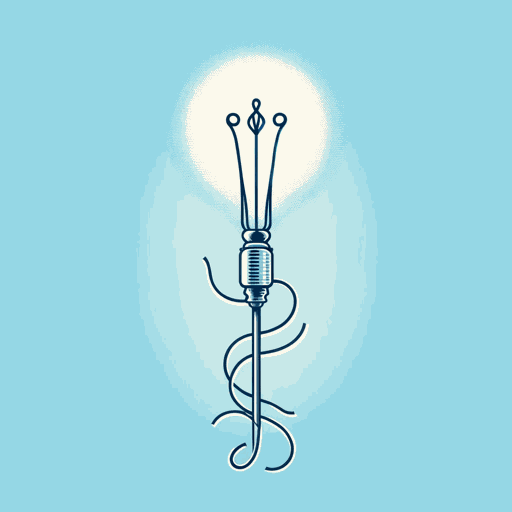
Tradition and the Individual Talent
T. S. Eliot
